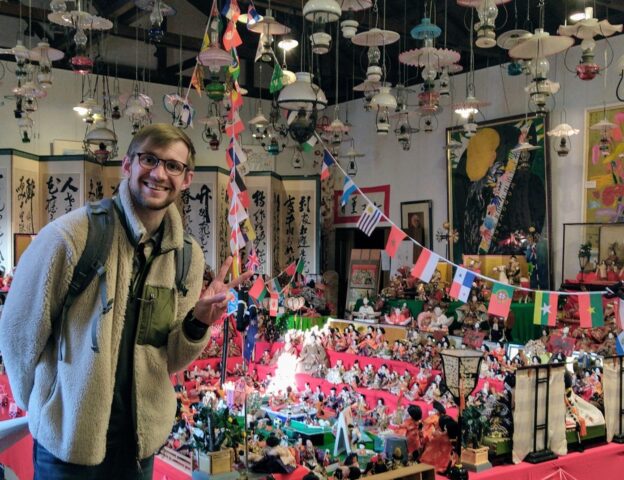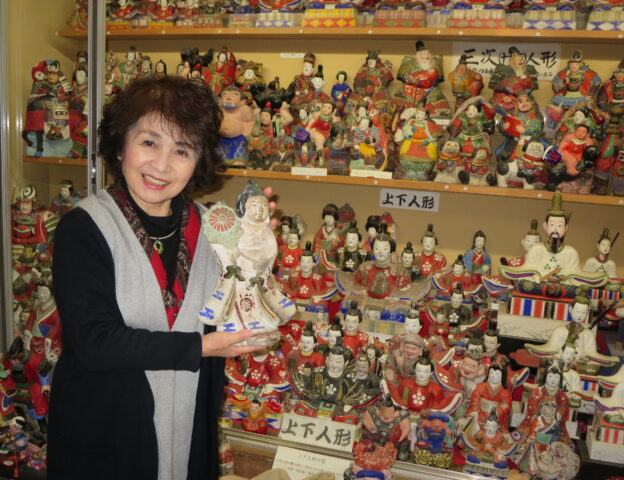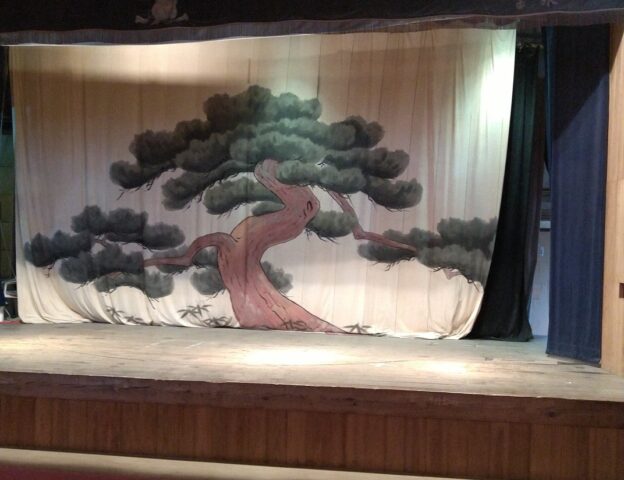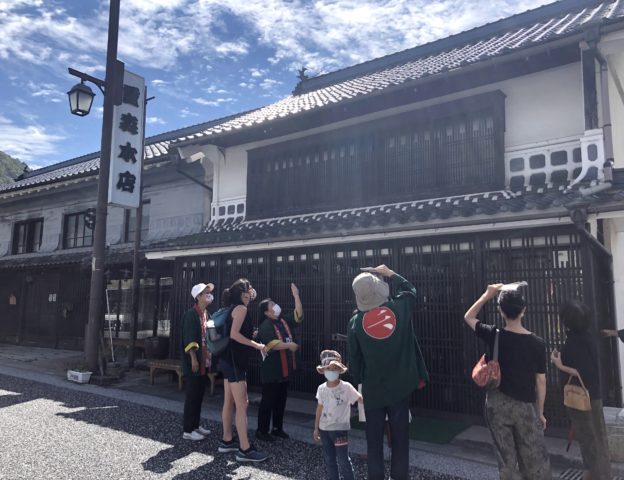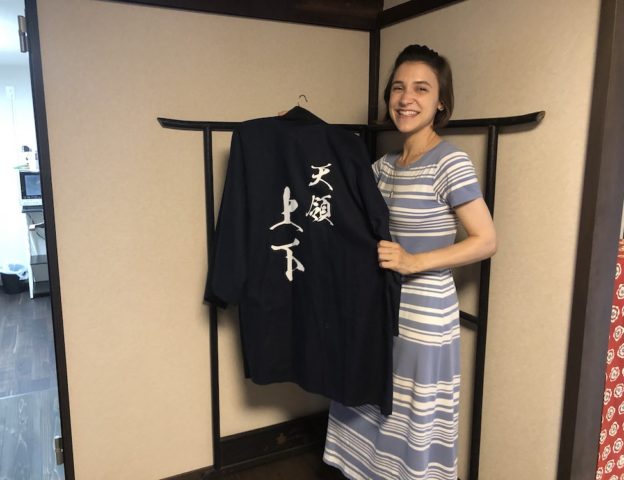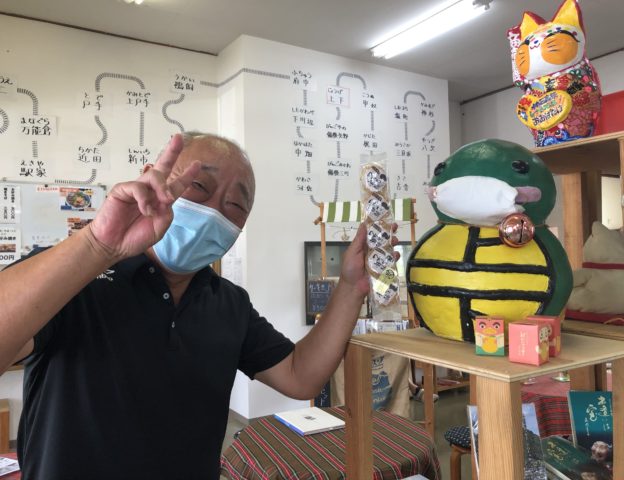The Shinno Museum
Hello there everyone! This is Mary, back with another entry in my JOGE blog series. Joge is a small town in northern Hiroshima where the charm of traditional Japanese lifestyle, architecture, and hospitality abounds. It is my hope that by writing English content about Joge, many people will come to know and love this town like I do.

For this month’s blog post, I visited my friend Junko, who is a key player here in Joge. She owns the kimono rental shop “Joge style” in town and aside from being a professional vintage kimono purveyor is a skilled makeup artist, hairstylist, Japanese traditional craft maker, and more! Her family owns a small museum called the Shinno Museumthat displays her father-in-law’s collection of antiques.
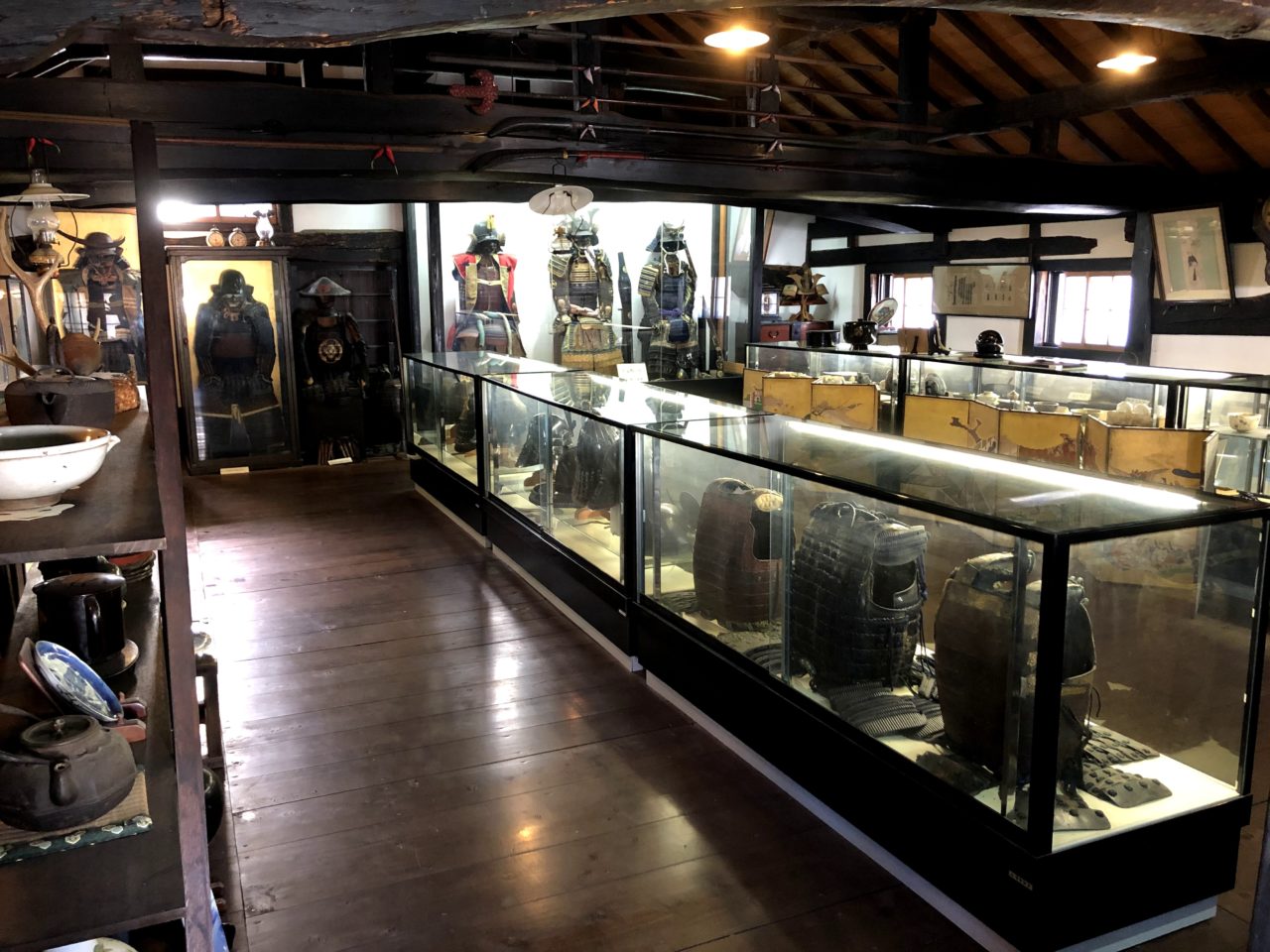
As I’ve mentioned in blogs past, Joge was a tenryou territory, meaning it was under direct control of the Shogunate, the rulers of Japan. It was a financing and lending center, boasting 33 banks, and sending funds to the Tokugawa and Meiji regimes. (Learn more>>https://jogetenryo.com/en/#history)
Joge’s wealth gave its citizens the ability to support the arts. Local barons would invest in the careers of promising young craftsmen by custom-ordering their work. The artisans-in-training enjoyed patronage and formation, while the barons gained social prestige and status. The Shinno Museum exhibits many of these one-of-a-kind pieces.
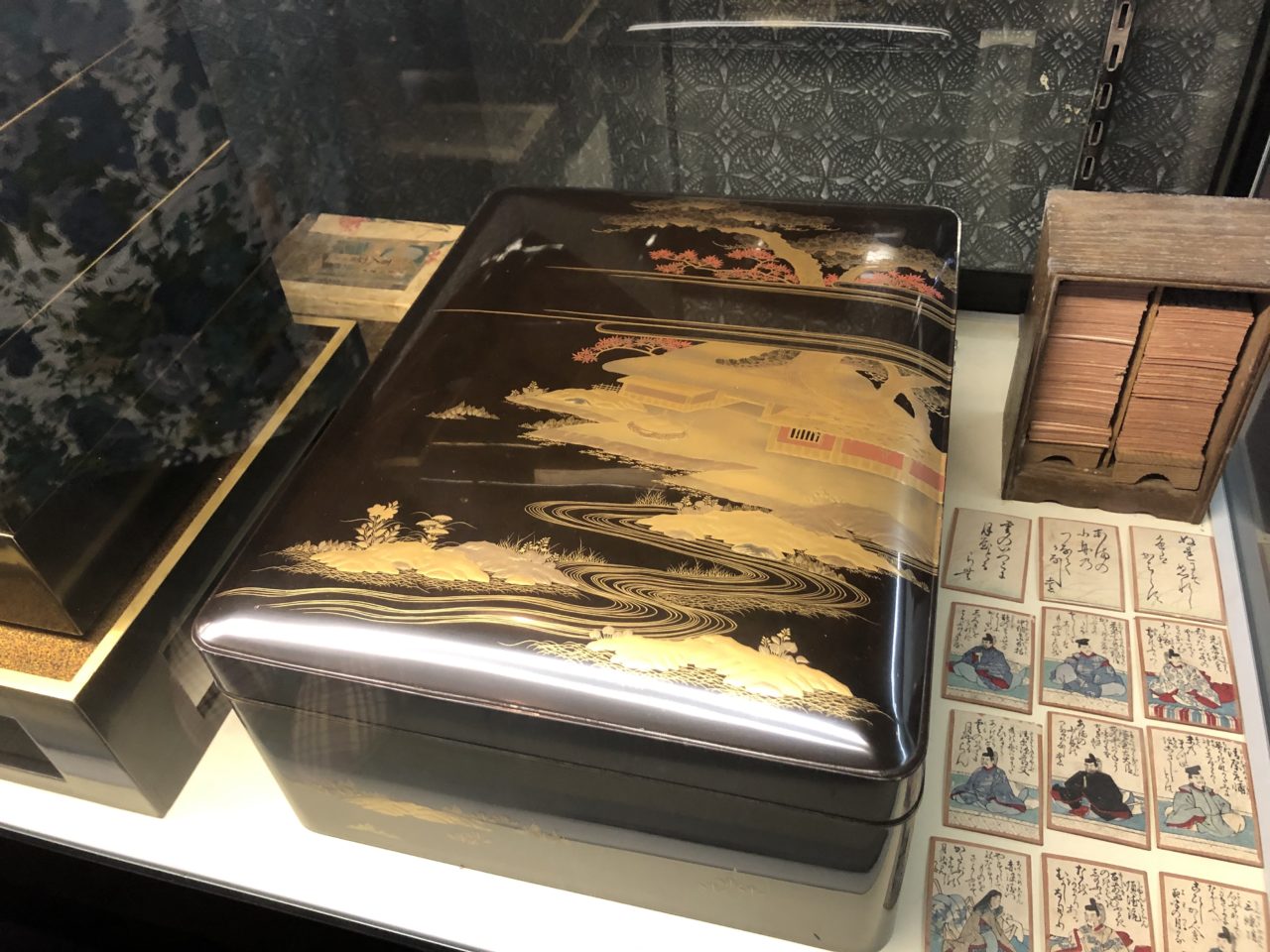
Here is a letter box or fubako owned by the first mayor of Joge, Hanjuro Okada. The gold lacquering is especially rare and ornate.
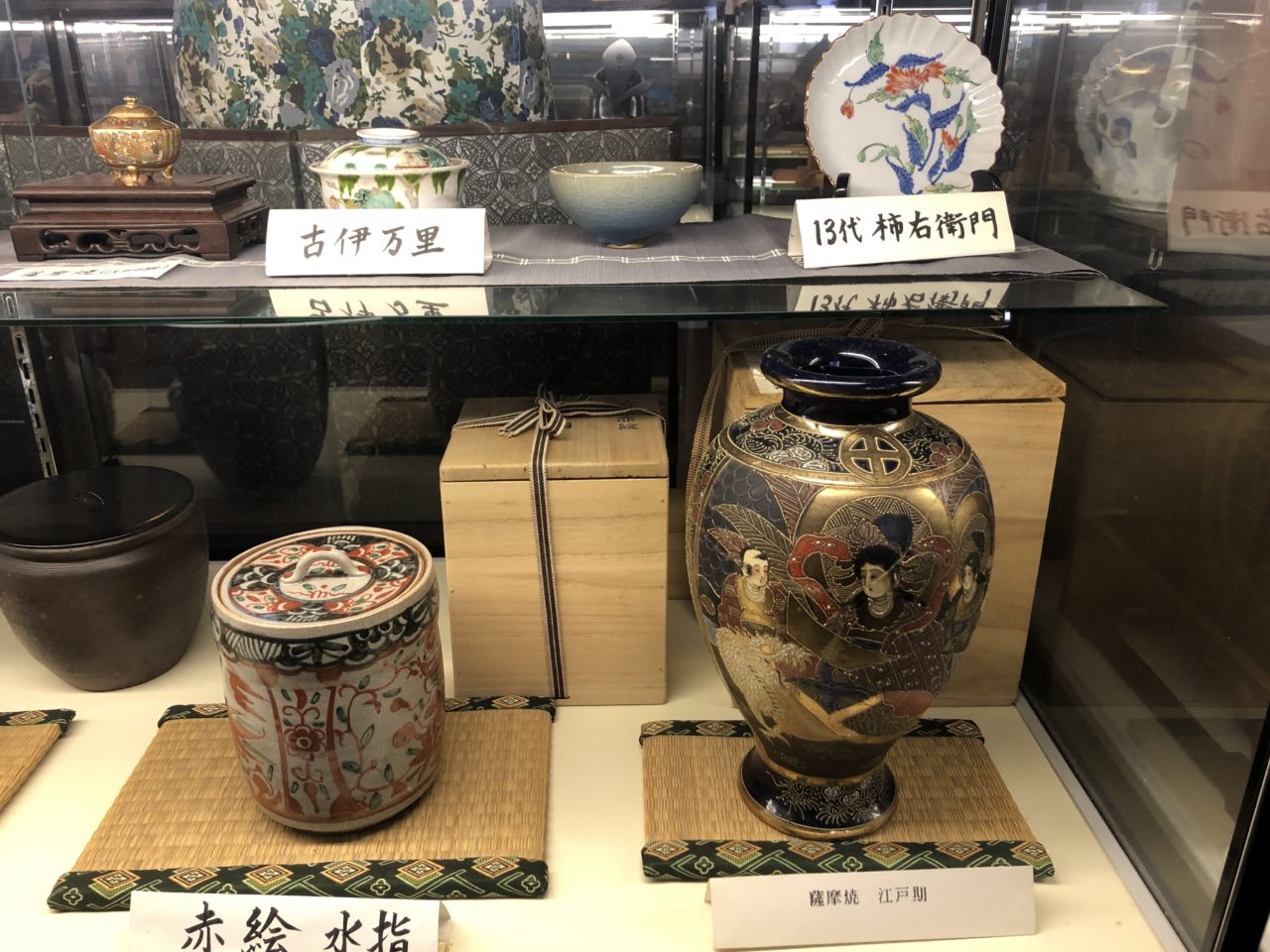
Also included in the collection are works of Wajima, Kakiemon, and Bizen lacquerware, as well as Satsuma porcelain from the Edo period.
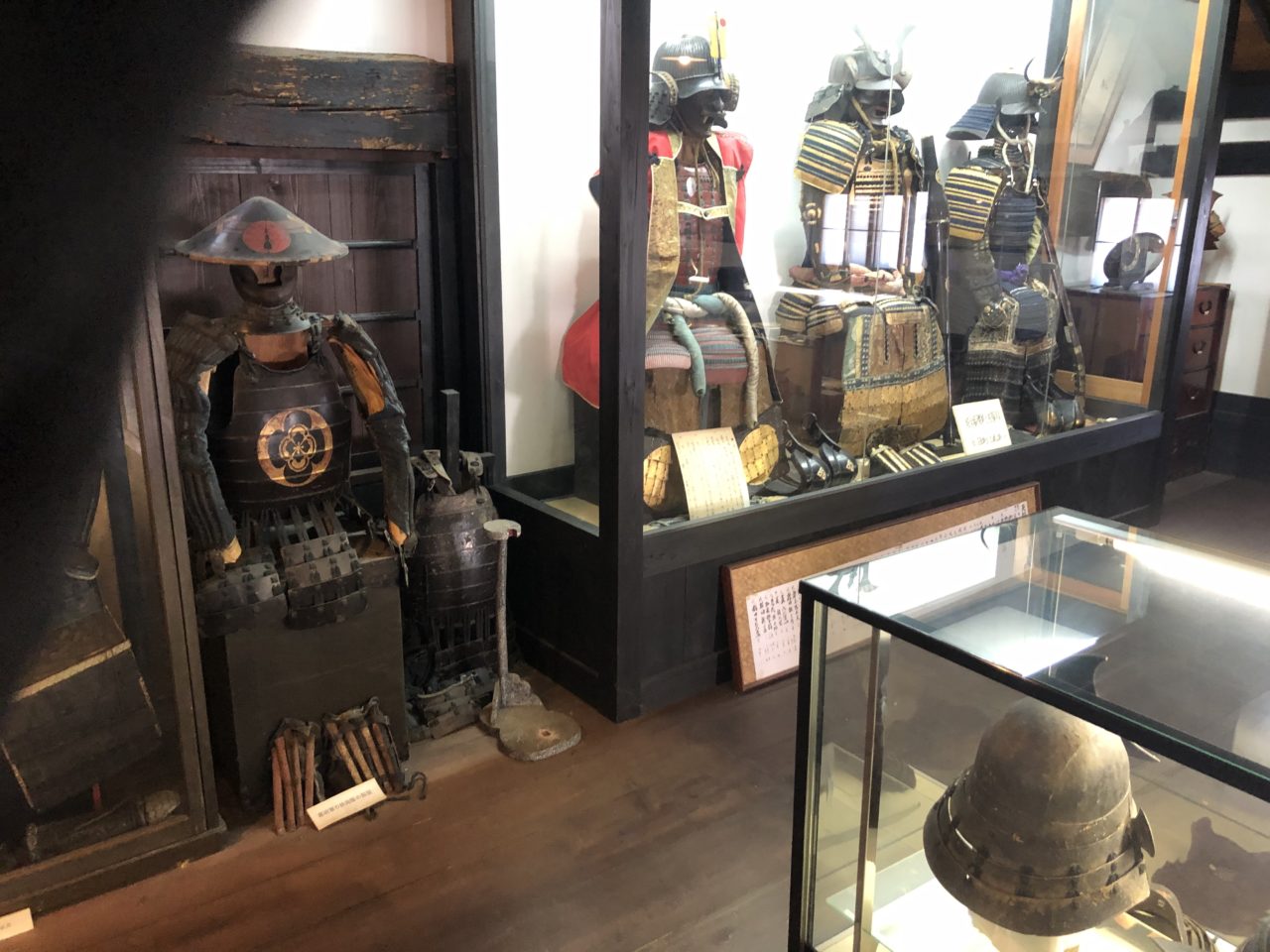
Some of the most impressive items in the Shinno Museum are weapons and armor preserved from the final battles of the Edo period (mid-1800s). These battles were instrumental in the transition from the feudal Tokugawa Shogunate to the more modern Meiji government.
One of Junko’s ancestors, Shinzaemon Watanabe, was a chief retainer of the Tokugawa Shogunate. The Shogunate imported guns from abroad and Shinzaemon brought them to Hiroshima to fight against forces supporting the Meiji Restoration. Junko feels like it was destiny that she come across the guns brought to Hiroshima by her ancestor in the collection of her father-in-law.
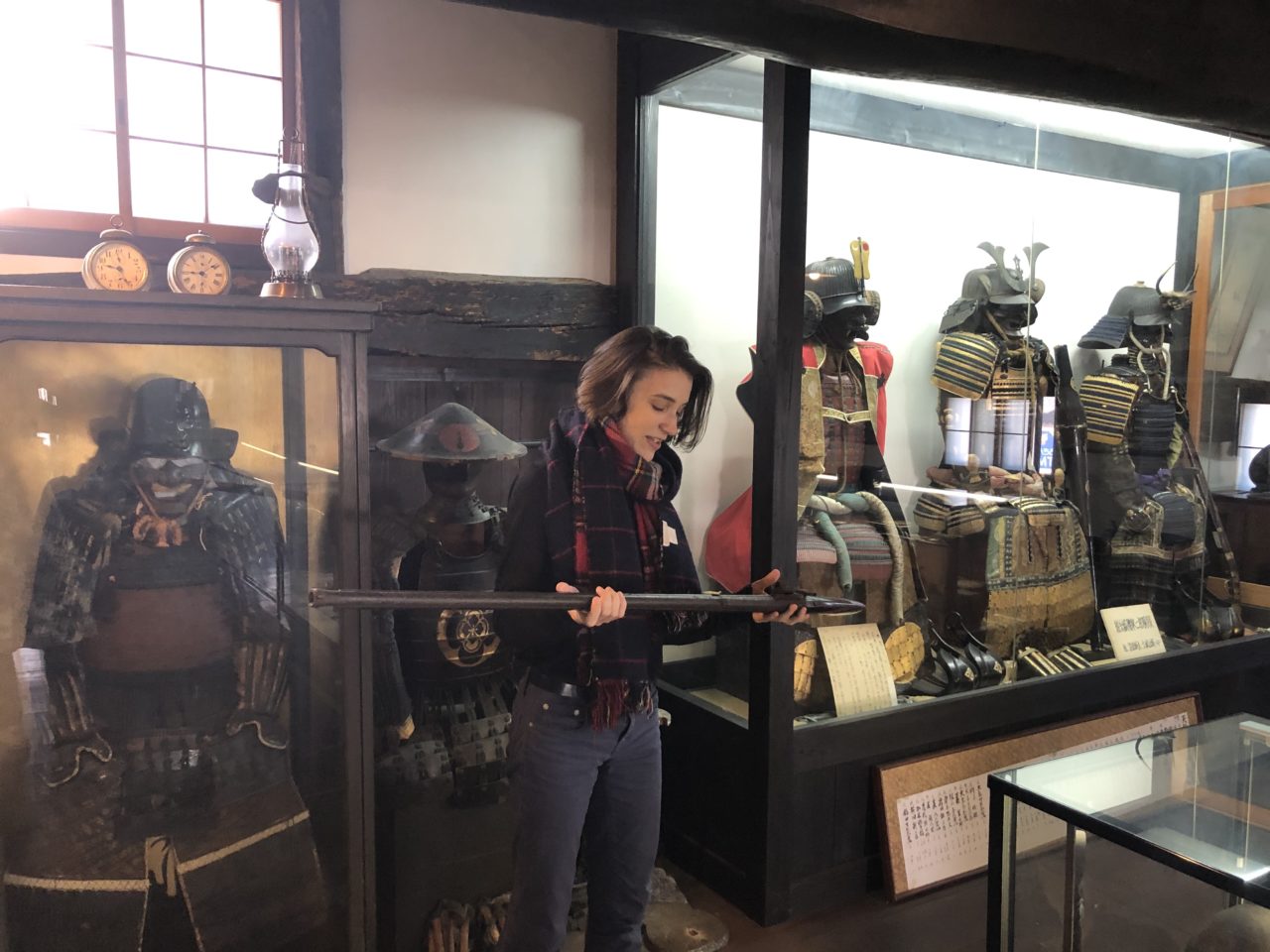
One of the guns in the Museum is left out of glass casing for visitors to hold. It is quite heavy, weighing 3 kilograms. Junko told me that Japanese people during the Edo period were relatively small; it must have been a struggle to lift these weapons, each carefully handmade.
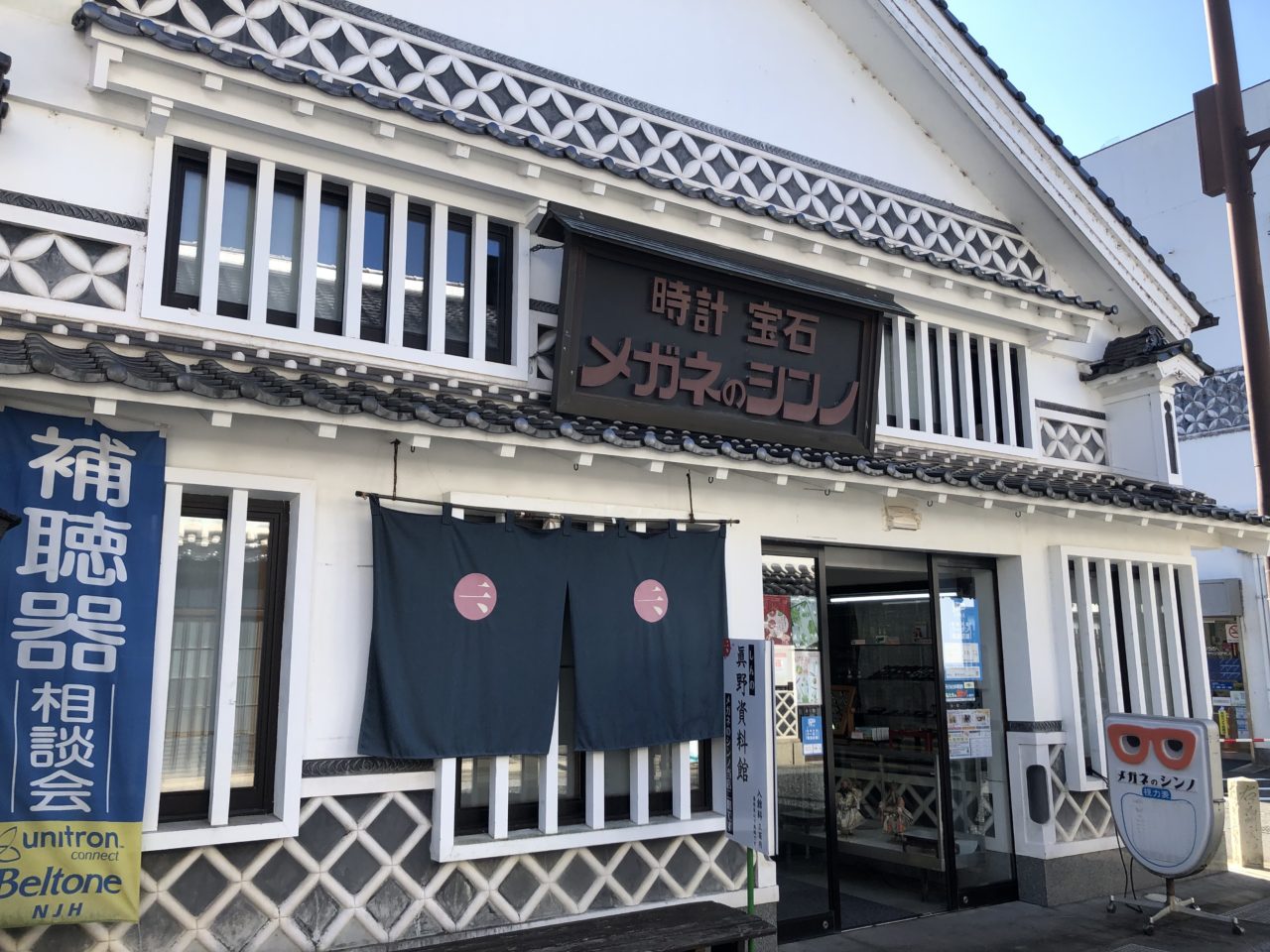
There is a lot more on display at the Shinno Museum, so I hope you’ll come see it for yourself! Until next time!
【Shinno Museum】
open / 9:00~17:00
Entrance fee/ Adults 300yen,free for high school students and under
By Mary Popeo
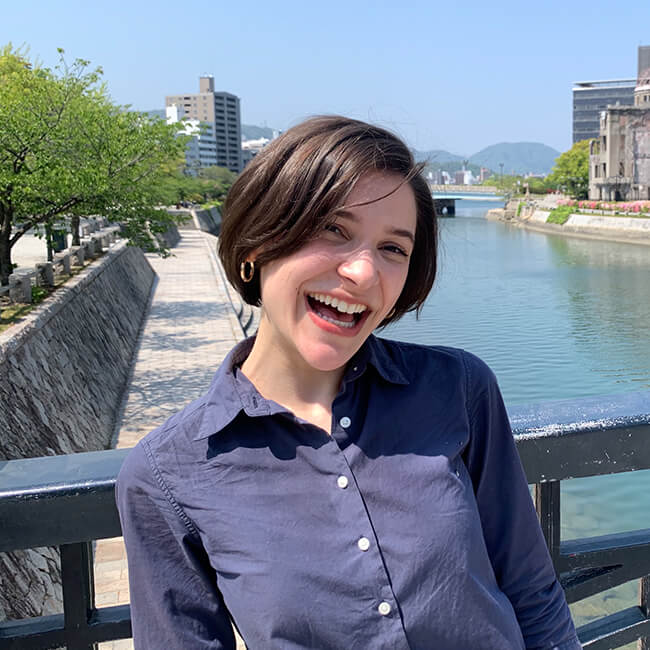
Mary Popeo has lived in Hiroshima Prefecture for four years, three of which she spent in Joge. She is passionate about sharing the magic of the Japanese countryside with people from around the world. Mary currently works at a peace education nonprofit in Hiroshima City, and collaborates with Fuchu City and the Joge Town to plan programs for inbound English-speaking tourists.
========<日本語>=========
皆さん、こんにちは!メアリーです。
上下町は伝統的な日本の生活様式や建築様式、そしておもてなしの魅力にあふれた広島県北部の小さな町。こうして英語で説明することで、海外の皆さんも上下町を知ってくださり、私のように好きになってくださると嬉しいなと思っています。
今回は、上下の町をご紹介する上で欠かせない私の友達、真野順子さんを訪ねました。彼女は『上下スタイル』という着物のレンタルショップのオーナーで、古い着物の専門家だけでなく、メイクやヘアーメイクもこなし、和雑貨を創作したりと多才な方です。
眞野家には『眞野資料館』という小さな個人資料館があり、お義父様が集められた骨董品が展示されています。
今までもこのブログでお話してきましたが、上下は幕府直轄の天領地で、33軒の金融業者が存在した金融の中心地で、幕府や明治政府への資金提供もしていました。(詳細はこちら>>https://jogetenryo.com/about/)
富裕な人々は町民が芸術を育むための支援を惜しまなかったそうです。将来有望な若い職人たちに特注品を頼むことで投資をし、修行中の職人たちはそのような形での援助を喜び、有力者たちも社会的な名声と地位を得ることとなったのです。
ここ眞野資料館には、これらに関するたくさんの資料があります。初代上下町長、岡田胖十郎(岡田美知代さんの父)の所有していた文箱です。蒔絵の文箱は珍しくて豪華です。
江戸時代からの輪島塗・柿右衛門・備前焼・薩摩焼などの他、印象深い所蔵品の中に江戸末期の戦(1800年代中ごろ)で使われた武器と鎧があります。それらの戦は封建的な徳川幕府から明治政府への移行に影響を及ぼすものでした。
順子さんのご実家のご先祖の一人、渡辺新左衛門在綱氏(https://ja.m.wikipedia.org/wiki/渡辺在綱)は徳川家尾張藩の家老だったそうです。新政府軍と戦うため、幕府は外国から鉄砲を仕入れ、それを広島まで運んだのが渡辺新左衛門在綱氏だったんです!彼女は自分のご先祖が広島に運び込んだ鉄砲がお義父さんのコレクションの中にあったなんて、まるで運命としか思えないと感じています。
鉄砲の一挺は入館者が直接抱えてみることができるように、ガラスケースから出してあります。約3㎏あり、とても重いです。「江戸時代の日本人は現代に比べると小柄でしたので、入念な手作りの武器を抱えるのは大変だったことでしょうね」と順子さんは話してくれました。。
眞野資料館にはまだまだ多くの展示品がありますので、ぜひご覧になってください!
それでは、次回をお楽しみに!
【眞野資料館】
開館時間:9:00~17:00
入館料:大人300円/高校生以下無料
https://jogetenryo.com/meguru/sight/history/484/
メアリー・ポペオ広島県在住歴4年、そのうちの3年間を上下町で過ごす。来日した海外の人たちと広島県の田舎の魅力を共有することが願い。現在は広島市内で非営利の平和教育団体で働いており、府中市や上下町とも協力しながら英語圏からの旅行者の受け入れなどの企画をしています。
– Translation by Chizuko Inagaki –

